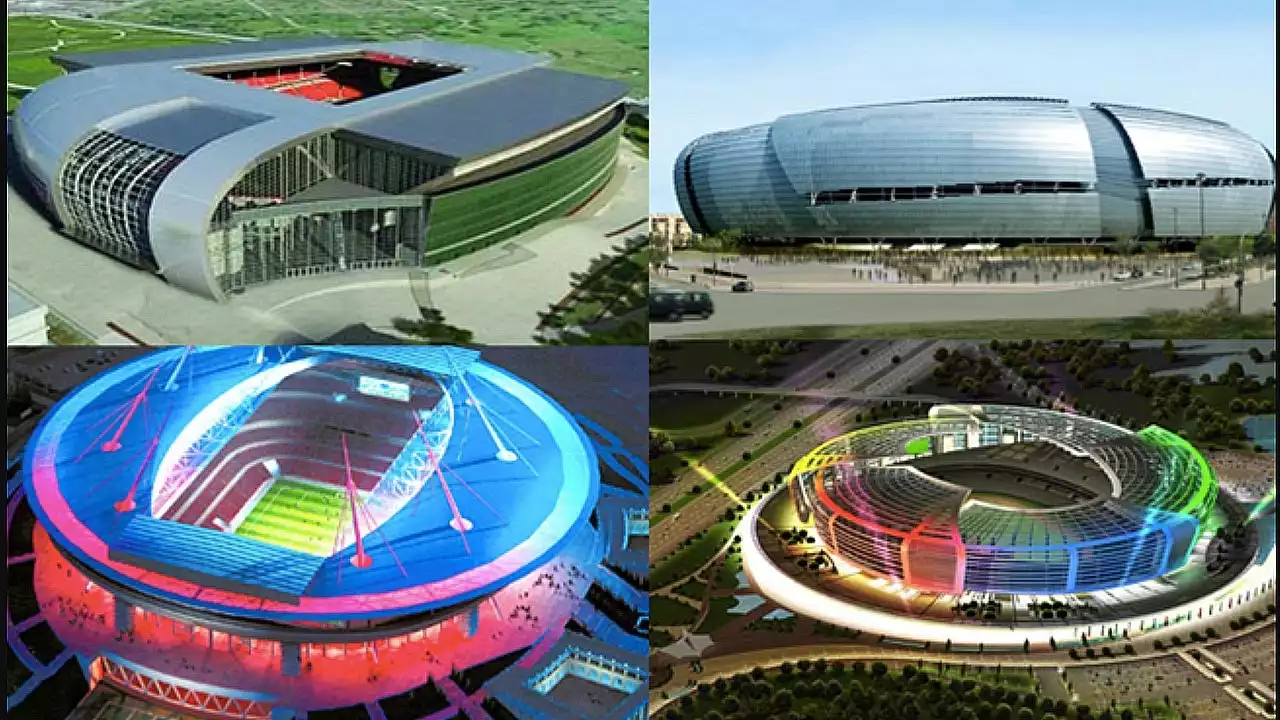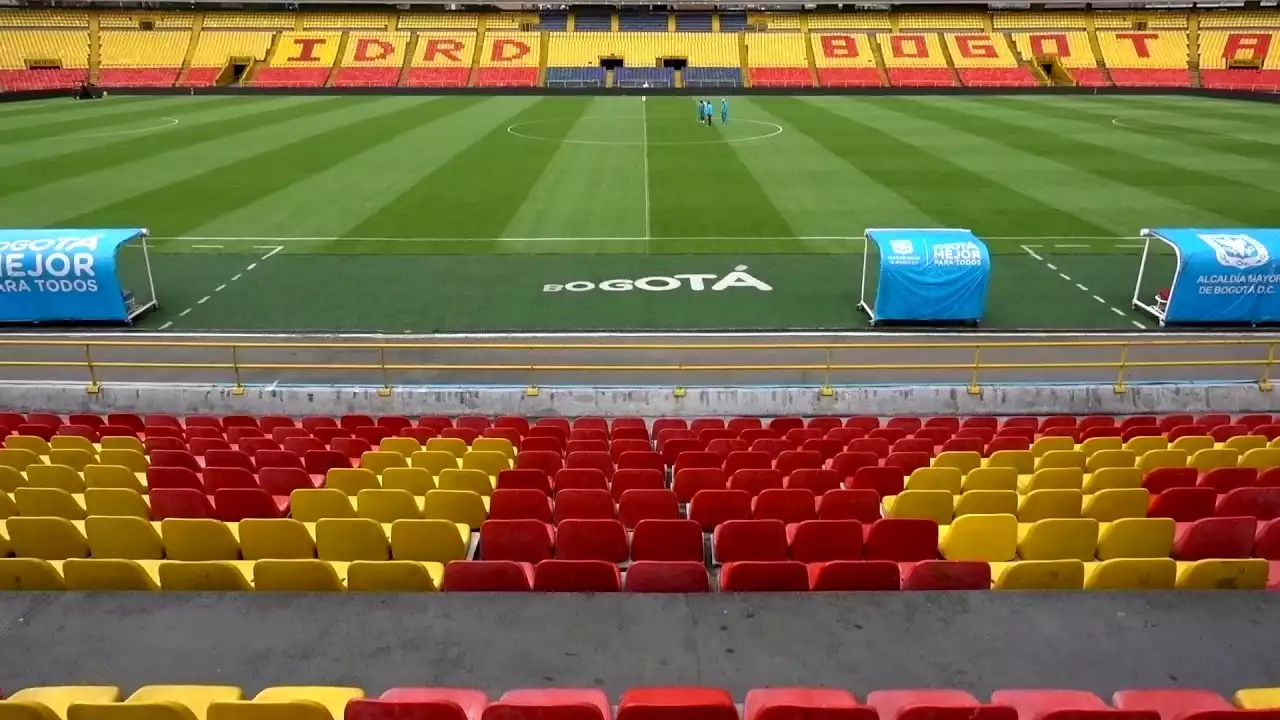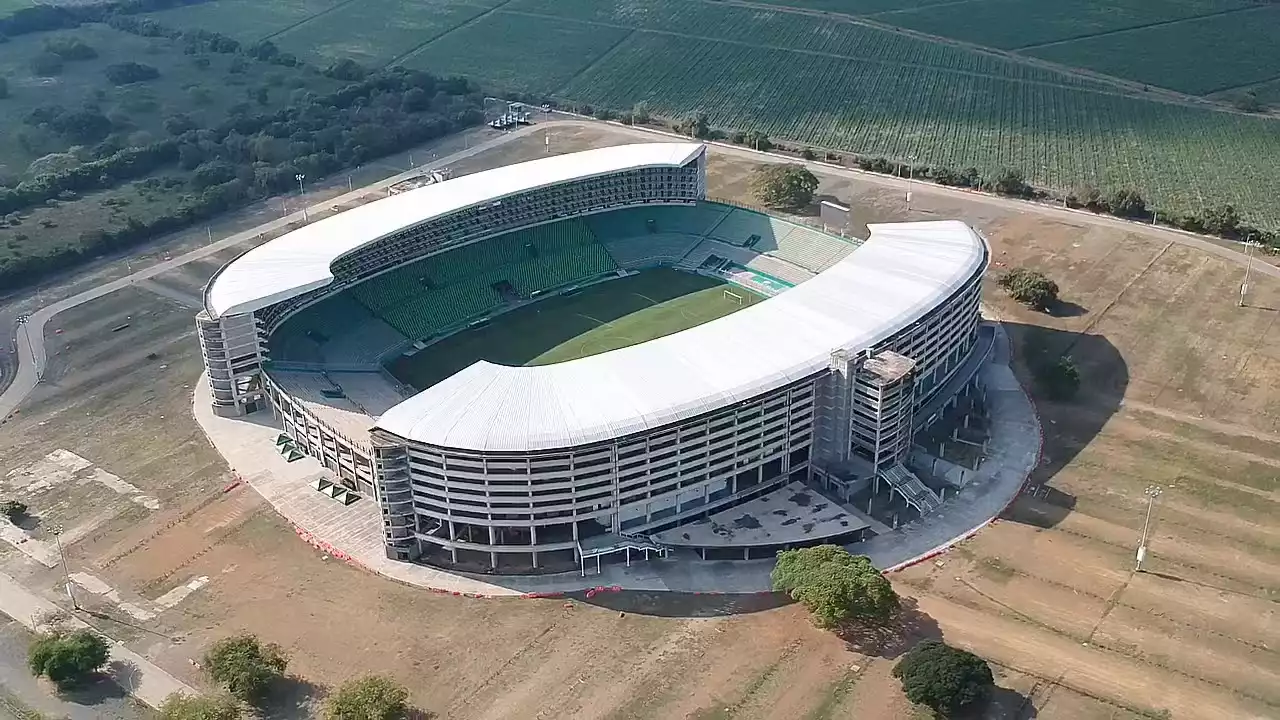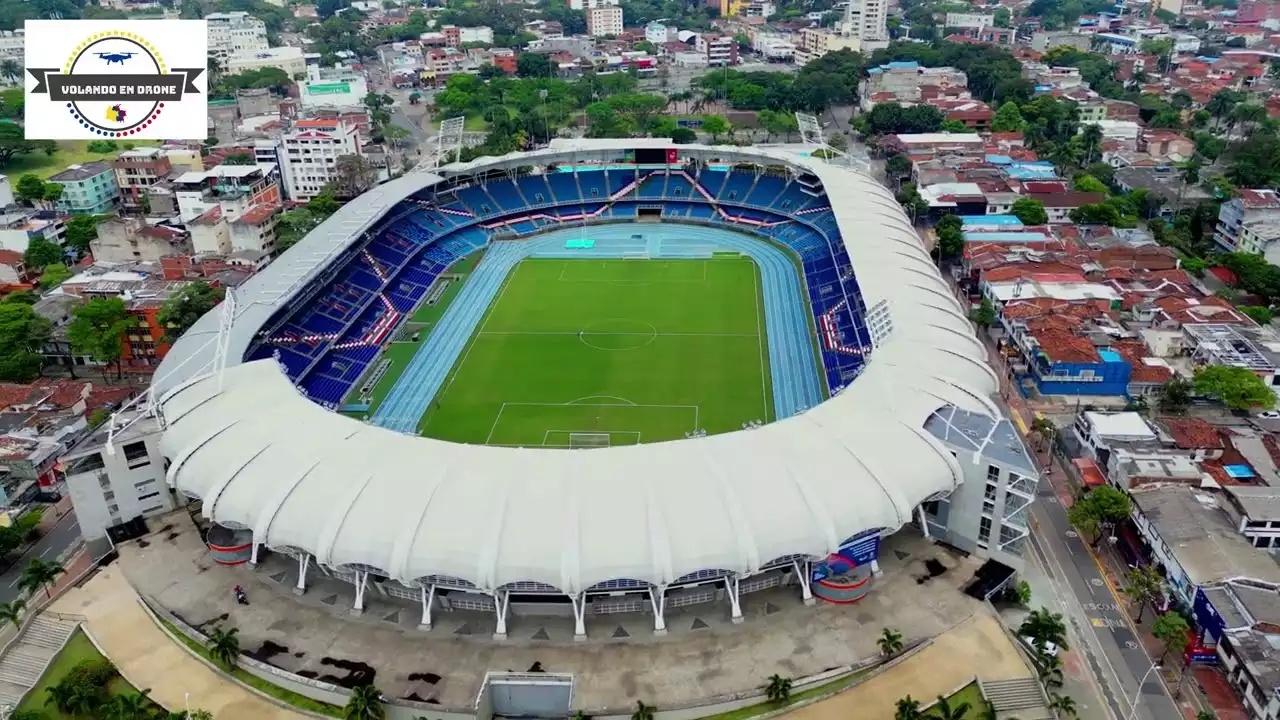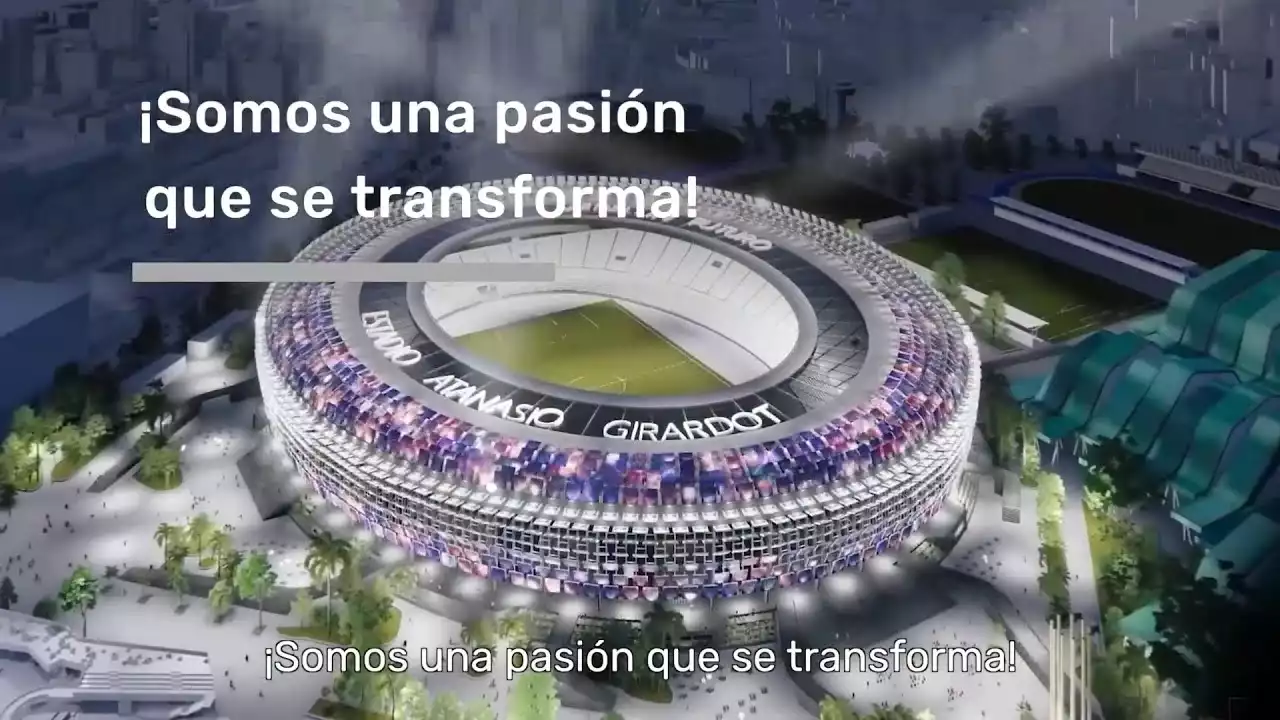The economic impact of stadium construction
The construction of a stadium is a significant investment in any community. In Categoria Primera A, stadium construction creates jobs and boosts the local economy. The construction process requires a lot of resources, materials, and manpower. This means that there is a lot of spending involved in the process. Stadium construction also creates many job opportunities, from architects and engineers to construction workers and vendors. These jobs provide a source of income for individuals and families in the community, which, in turn, increases the local economy's purchasing power.
The economic impact of stadium construction extends beyond the construction phase. Once the stadium is up and running, it generates revenue for the community. The stadium becomes a venue for events, concerts, and other activities, which brings in more revenue to the community. The stadium also attracts more visitors to the area, which can boost tourism and increase revenue for local businesses.
Stadium construction is a long-term investment that can have a significant impact on the local economy. It creates jobs and generates revenue for the community, making it an essential component of economic growth in Categoria Primera A.
How To Build A Football Stadium | How To Build Everything
Job creation and employment opportunities
Stadiums create a wide range of job opportunities for people in the community. From security officers to vendors and ticket takers, there are many different roles that need to be filled to keep a stadium running smoothly. These jobs provide a source of income for individuals and families in the community, which can lead to increased spending and a boost in the local economy.
Stadiums also create indirect job opportunities. For example, local businesses may need to hire additional staff to meet the increased demand for goods and services during stadium events. Restaurants, hotels, and transportation services are just a few examples of businesses that can benefit from increased foot traffic in the area.
Job creation is an essential component of economic development. Stadiums create many different job opportunities, both directly and indirectly, which can help to boost the local economy and improve the quality of life for people in the community.
Revenue generated by stadium events
Stadium events generate a significant amount of revenue for the community. From ticket sales to merchandise and concessions, there are many different revenue streams associated with stadium events. This revenue can be used to fund local projects and initiatives, such as infrastructure improvements or education programs.
Stadium events also attract visitors from outside the community, which can boost tourism and lead to increased revenue for local businesses. Visitors may stay in hotels, eat at restaurants, and shop at local stores, all of which can help to boost the local economy.
The revenue generated by stadium events can have a significant impact on the local economy. It provides funding for local projects and initiatives, while also creating opportunities for local businesses to thrive.
Increased tourism and foot traffic
Stadiums can be a significant driver of tourism and foot traffic in the community. When a stadium hosts a major event, such as a football game or concert, it can attract visitors from outside the area. These visitors may stay in local hotels, eat at local restaurants, and shop at local stores, all of which can help to boost the local economy.
Increased foot traffic can also lead to the creation of new businesses in the community. For example, entrepreneurs may see an opportunity to open a new restaurant or retail store near the stadium to cater to the influx of visitors.
Stadiums are a crucial component of tourism and foot traffic in Categoria Primera A. They attract visitors from outside the community, which can lead to increased revenue for local businesses and a boost in the local economy.
Stadiums as a catalyst for urban development
Stadiums can act as a catalyst for urban development in the community. When a stadium is built, it often leads to the creation of new infrastructure, such as roads and sidewalks, which can improve the overall quality of life in the area. It can also lead to the development of new businesses and housing projects, which can help to revitalize the community.
Stadiums can also help to attract new businesses to the area. For example, a company may be more likely to open a new office or factory near a stadium, which can create new job opportunities for people in the community.
Stadiums are an essential component of urban development in Categoria Primera A. They can help to revitalize the community and attract new businesses and job opportunities to the area.
The social impact of stadiums on the community
Stadiums can have a significant social impact on the community. They provide a gathering place for people to come together and enjoy a shared experience. This can help to foster a sense of community and bring people together.
Stadiums can also provide opportunities for people to participate in sports and other activities, which can lead to improved health and fitness levels. This can have a positive impact on the overall well-being of the community.
Stadiums are more than just a venue for sporting events. They can help to bring people together and improve the overall quality of life in the community.
Sustainable Stadiums
Case studies of successful stadium projects in Categoria Primera A
There are many examples of successful stadium projects in Categoria Primera A. For example, the Atanasio Girardot Stadium in Medellin is a multi-purpose stadium that has hosted many different events, from football games to concerts. The stadium has helped to revitalize the surrounding area, attracting new businesses and creating job opportunities.
Another example is the Metropolitano Stadium in Barranquilla, which is home to Junior FC. The stadium has been a major driver of tourism in the area and has helped to boost the local economy.
These case studies demonstrate the significant impact that stadiums can have on the local economy. They provide a source of revenue and job opportunities, while also acting as a catalyst for urban development and social change.
Challenges and potential drawbacks of stadium construction
While stadiums can have many positive impacts on the local economy, there are also potential drawbacks to consider. Stadium construction can be expensive, and it may not always provide a positive return on investment. Additionally, stadiums can be disruptive to the surrounding community, particularly if they are located in residential areas.
There is also the issue of stadium financing. In some cases, taxpayers may be asked to foot the bill for stadium construction, which can be a controversial issue.
It's important to consider both the benefits and potential drawbacks of stadium construction before embarking on a new project.
